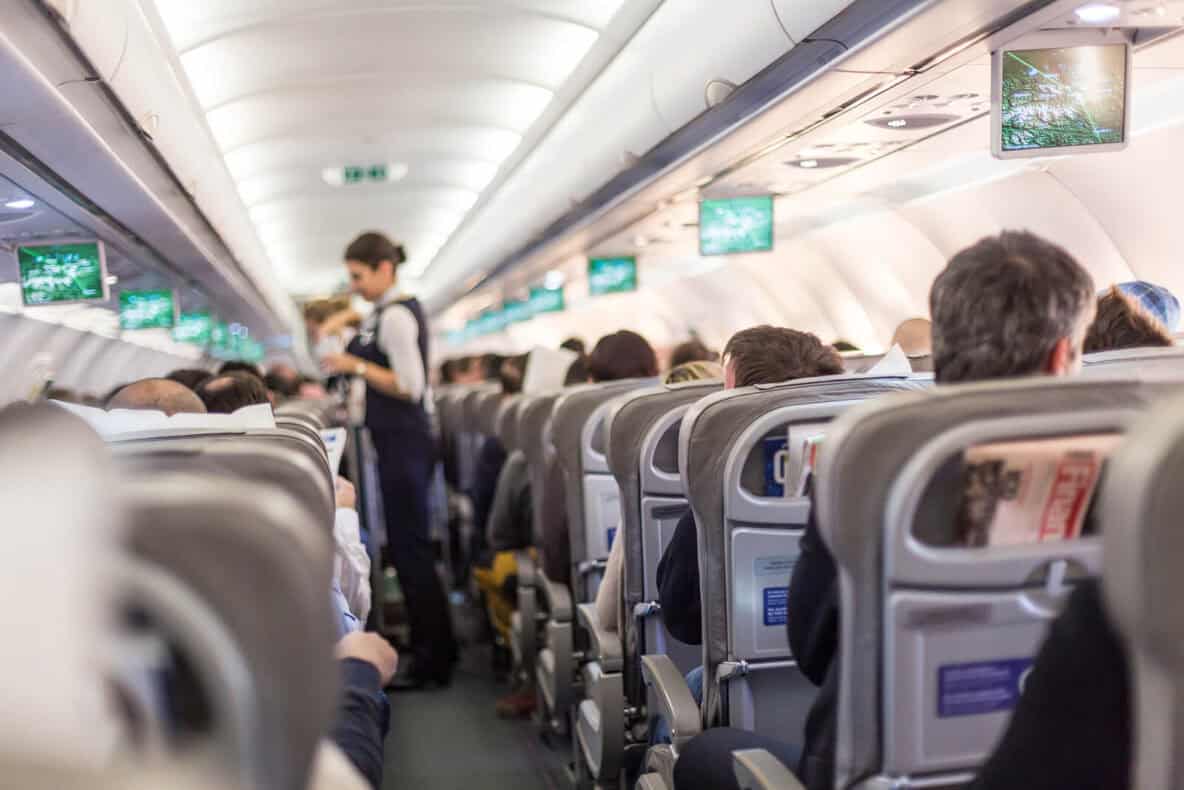Traveling with hearing aids doesn’t have to be stressful. With some careful planning and helpful tips, it’s easy to enjoy smooth travel experiences, whether domestically or internationally.
Preparing for the Trip
Make a Checklist
Creating a checklist helps organize tasks efficiently. List everything needed for travel such as hearing aid batteries, a charger (if the hearing aids are rechargeable), and a storage case. Having these items ready will create peace of mind.
Pack Extra Supplies
Traveling can be unpredictable. It’s always good to bring extra hearing aid batteries and a backup pair of hearing aids, if possible. Keeping spare batteries within reach guarantees continuous hearing support even if delays or other issues arise.
Research the Destination
Understanding the destination’s climate and environment can assist with planning for potential challenges. For instance, humid or rainy climates might warrant waterproof accessories to protect the devices.
Getting Through the Airport
Confirm Security Procedures
Modern hearing aids generally do not need to be removed for airport security, but it’s useful to inform security personnel about them. This awareness helps avoid misunderstandings during screening.
Keep Devices in Carry-On Luggage
Hearing aids and their accessories should always be in carry-on luggage rather than checked baggage. This ensures they remain safe and accessible during the flight.
Protect Against Loud Noises
Airports can be noisy. Consider using noise-canceling headphones or earplugs during particularly loud phases like takeoff and landing. This helps prevent auditory overload.
Managing the In-Flight Experience
Inform the Flight Crew
Letting the flight crew know about the hearing aids can be beneficial. They can provide assistance and makes sure that important announcements are communicated clearly.
Adjust Hearing Aid Settings
Modern hearing aids often come with different modes for various environments. Adjusting the setting to “airplane mode” can help reduce background noise and improve comprehension of in-flight entertainment or announcements.
Stay Hydrated
Airplane cabins tend to have low humidity, which can affect both the skin and the hearing aids. Drinking plenty of water not only maintains overall health but also helps in keeping the ear canals from getting too dry.
On Arrival
Keep Equipment Dry and Clean
Upon arriving at the destination, making sure that the hearing aids stay dry and clean is vital. A dehumidifier specially designed for hearing aids can be beneficial, especially in humid climates.
Use Technology Wisely
Many hearing aids can connect to smartphones. Leveraging digital tools and apps can help adjust settings on the go and make communication a breeze, even in crowded or noisy environments.
Wrapping Up the Journey
Clean and Store Devices Properly
Upon returning, giving the hearing aids a thorough cleaning and proper storage guarantees their longevity. Check for any potential damage they might have incurred during the trip.
Evaluating what worked well and what didn’t can help in planning for future travels. Every trip provides valuable insights into better managing hearing aids on the go.
By following these guidelines, traveling with hearing aids becomes a smooth and enjoyable experience, allowing for full immersion in the journey without any auditory interruptions.


